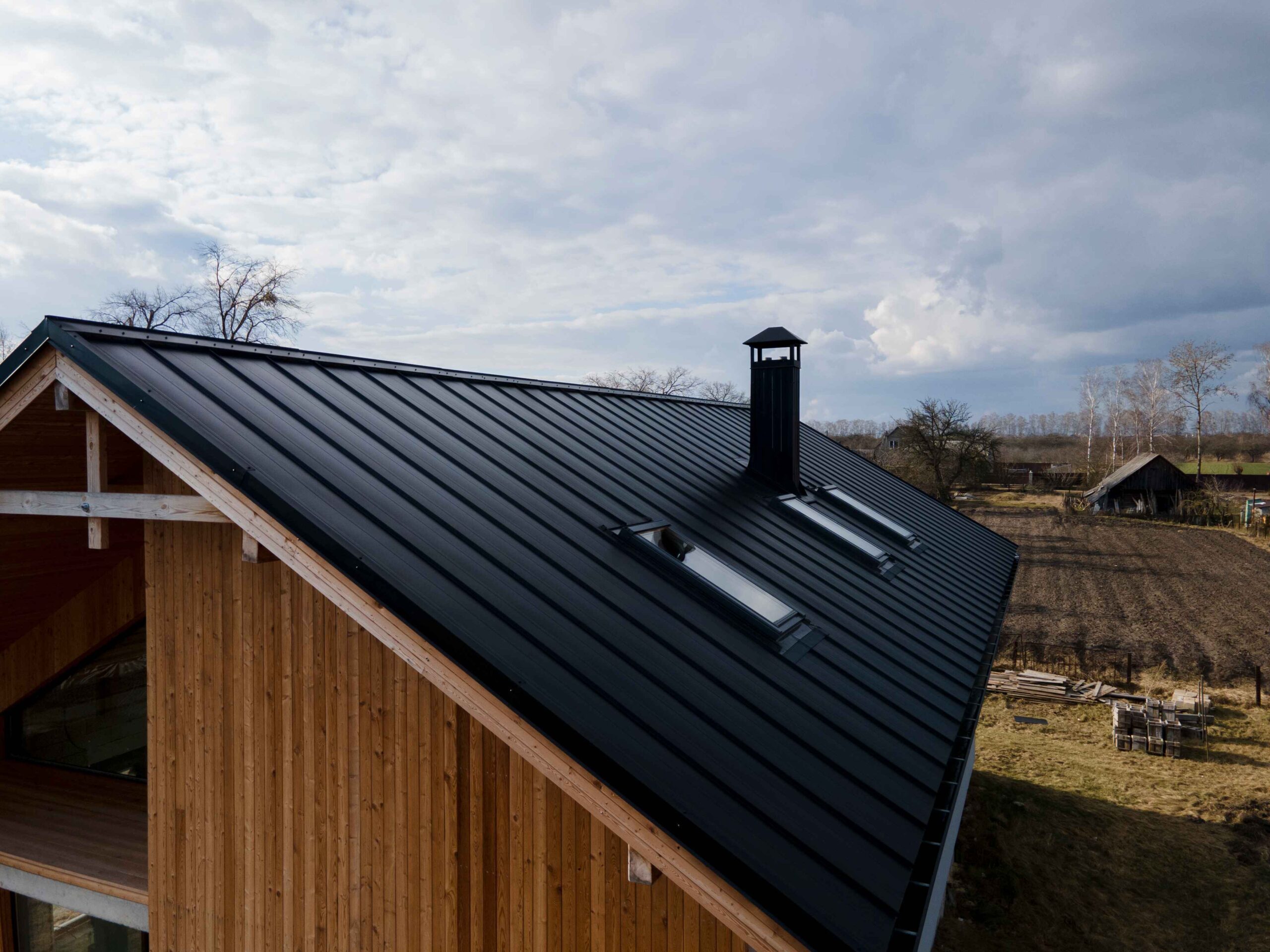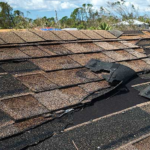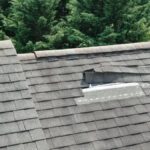How to Vent a Metal Roof
November 16, 2024 | By Mike Gonet | Filed under: Blog

When venting a metal roof, it’s important to plan carefully to ensure proper airflow and prevent problems like mold, moisture buildup, or deterioration. Collaborating with experienced metal roof installers can ensure that eaves and ridge vents are selected and installed correctly for continuous ventilation. Properly sized and strategically placed vents improve airflow efficiency and extend the roof’s lifespan. Additional components, such as soffit vents, can aid energy savings and prevent issues like ice dams. Regular inspections are also essential to maintain a functional and efficient ventilation system, helping to protect your investment.
Assessing Your Roof for Ventilation Needs
When evaluating the ventilation requirements for a metal roof, start by examining the attic’s airflow. Proper ventilation prevents moisture buildup and heat accumulation, which can lead to structural damage and reduced energy efficiency. Without adequate airflow, condensation, mold growth, and premature deterioration of roofing materials may occur.
Begin by identifying existing intake and exhaust vents. Intake vents, placed near the eaves, draw fresh air into the attic, while exhaust vents, positioned near the ridge, expel warm, moist air. Ensuring a balanced system of intake and exhaust ventilation is critical to maintaining consistent airflow and preventing stagnation.
Watch for signs of inadequate ventilation, such as musty odors, mold, or excessive attic heat. Addressing these issues promptly can improve the lifespan of your metal roof while enhancing energy efficiency and indoor comfort.
Choosing the Right Ventilation System
The correct ventilation system is key to maintaining airflow under a metal roof. Common options include ridge vents, which are installed along the roof’s peak, and eave vents, located near the soffit. These components facilitate continuous airflow, keeping attic temperatures consistent and reducing moisture levels.
When choosing ventilation options, consider the roof’s size, slope, and local climate. Proper sizing is essential for optimal airflow, so ensure the vents match the roof’s square footage. Durable materials also affect the system’s longevity, so invest in high-quality options to maintain ventilation efficiency over time.
Installing Eave and Ridge Vents
Installing eaves and ridge vents correctly is essential to achieving effective ventilation. Begin by determining the appropriate placement for the vents. Eave vents should be installed along the lower edges of the roof, while ridge vents should run along the roof’s peak.
Follow these steps:
- Measure and mark the vent locations to ensure even spacing.
- Cut openings in the roof decking according to the vent manufacturer’s specifications.
- Secure the eave vents using weatherproof fasteners and seal them to prevent leaks.
- Align and attach ridge vents at the peak, ensuring a snug fit.
After installation, inspect for any gaps or loose fittings. Properly installed vents will work together to create balanced airflow, helping your metal roof last longer and perform better.
Ensuring Proper Airflow With Soffit Vents
Adding soffit vents to your ventilation system is an excellent way to optimize airflow. These vents allow cool air to enter the attic while releasing warm, moist air, reducing the risk of condensation and roof deterioration.
Benefits of Soffit Vents:
- Facilitate passive airflow
- Lower energy costs by improving efficiency
- Prevent ice dams in winter
- Improve indoor air quality
- Extend the lifespan of roofing materials
To maximize the effectiveness of soffit vents, inspect them regularly for blockages like dust or insulation. Pairing soffit vents with ridge vents ensures a balanced ventilation system, preventing issues like stagnant air or uneven temperature distribution.
Maintaining and Inspecting Your Ventilation System
Routine maintenance of your ventilation system is crucial for long-term performance. Inspect the system at least once a year, ideally in spring or fall, to address any potential issues before they escalate. Clear debris from vents and check for any obstructions that could hinder airflow.
Pay attention to signs of wear, such as corrosion, damaged flashing, or loose components. Replace or repair damaged parts promptly to prevent further issues. Regular cleaning also helps maintain ventilation efficiency and prevents mold or mildew growth, which could compromise your roof’s durability.
Proper upkeep of your ventilation system not only preserves the integrity of your metal roof but also ensures ongoing energy efficiency and comfort for your home.
Other related posts:





